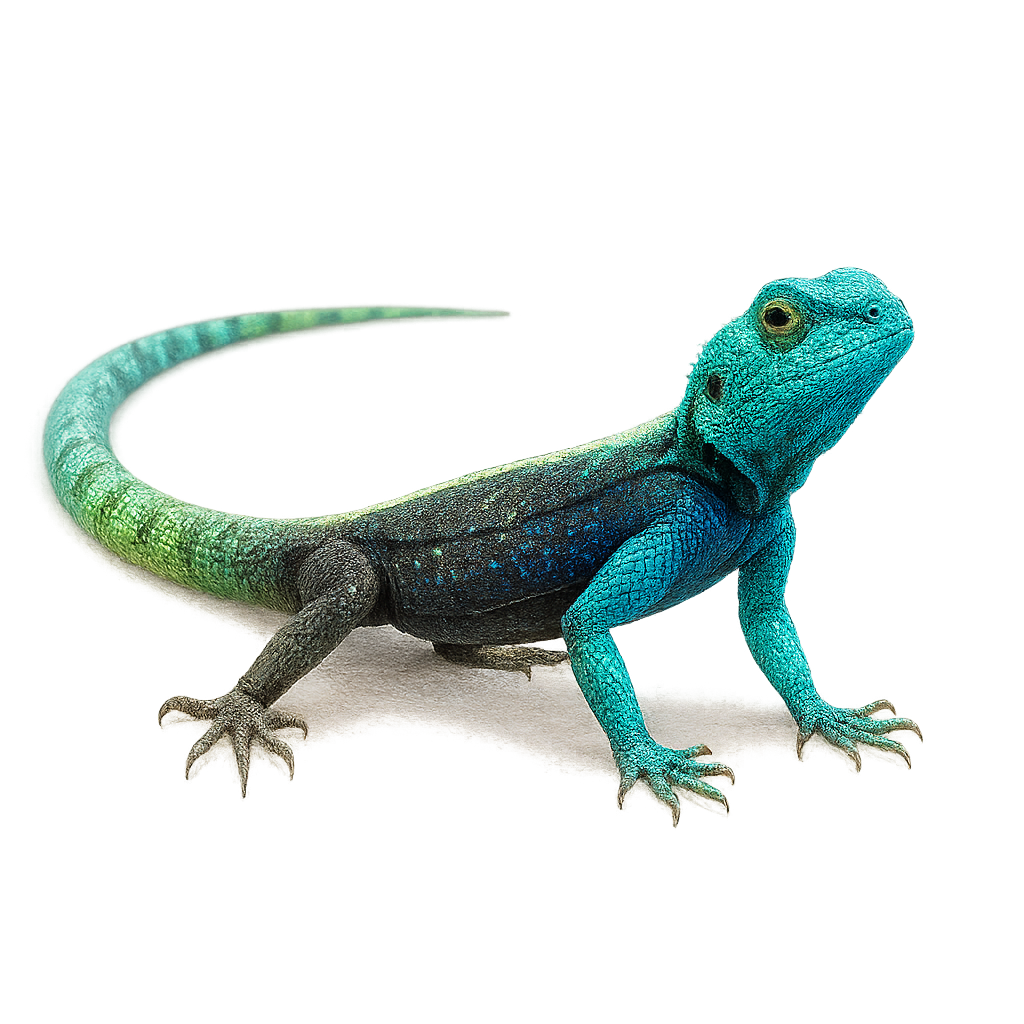Your wildlife photography guide.
Explore the southern rock agama in detail, study its behavior, prepare your shots.
Where to observe and photograph the southern rock agama in the wild
Learn where and when to spot the southern rock agama in the wild, how to identify the species based on distinctive features, and what natural environments it inhabits. The WildlifePhotographer app offers tailored photography tips that reflect the southern rock agama’s behavior, helping you capture better wildlife images. Explore the full species profile for key information including description, habitat, active periods, and approach techniques.
Southern Rock Agama
Scientific name: Agama atra

IUCN Status: Least Concern
Family: AGAMIDAE
Group: Reptiles
Sensitivity to human approach: Suspicious
Minimum approach distance: 5 m
Reproduction period: September to November
Incubation: 55–70 jours
Births: November to January
Habitat:
Rocky areas, savannas, arid zones
Activity period :
Active during the day when temperatures are favorable, often seen basking in the sun.
Identification and description:
The Agama atra, or Southern Rock Agama, is a robust and colorful lizard native to the rocky regions of southern Africa. It is easily recognizable by the bright blue head of the males, contrasting with a brown or gray body. Females and juveniles are generally duller, displaying brown or gray hues. This diurnal lizard is often seen basking in the sun on rocks or walls, using its color to blend into its surroundings. It is territorial, with males vigorously defending their space against intruders. Its ability to change color to regulate its body temperature is fascinating, and it primarily feeds on insects and small invertebrates.
Recommended lens:
400mm – adjust based on distance, desired framing (portrait or habitat), and approach conditions.
Photography tips:
To photograph the Southern Rock Agama, choose early morning or late afternoon when the light is soft. Use a 400mm or longer telephoto lens to capture details without disturbing the animal. Be patient and observe its behavior to anticipate its movements. Rocky backgrounds can add character to your photos, so incorporate them wisely. Avoid sudden movements to prevent scaring it and take advantage of natural light to highlight the bright colors of its head.
The WildlifePhotographer App is coming soon!
Be the first to explore the best nature spots, track rutting seasons, log your observations, and observe more wildlife.
Already 1 441 wildlife lovers subscribed worldwide

